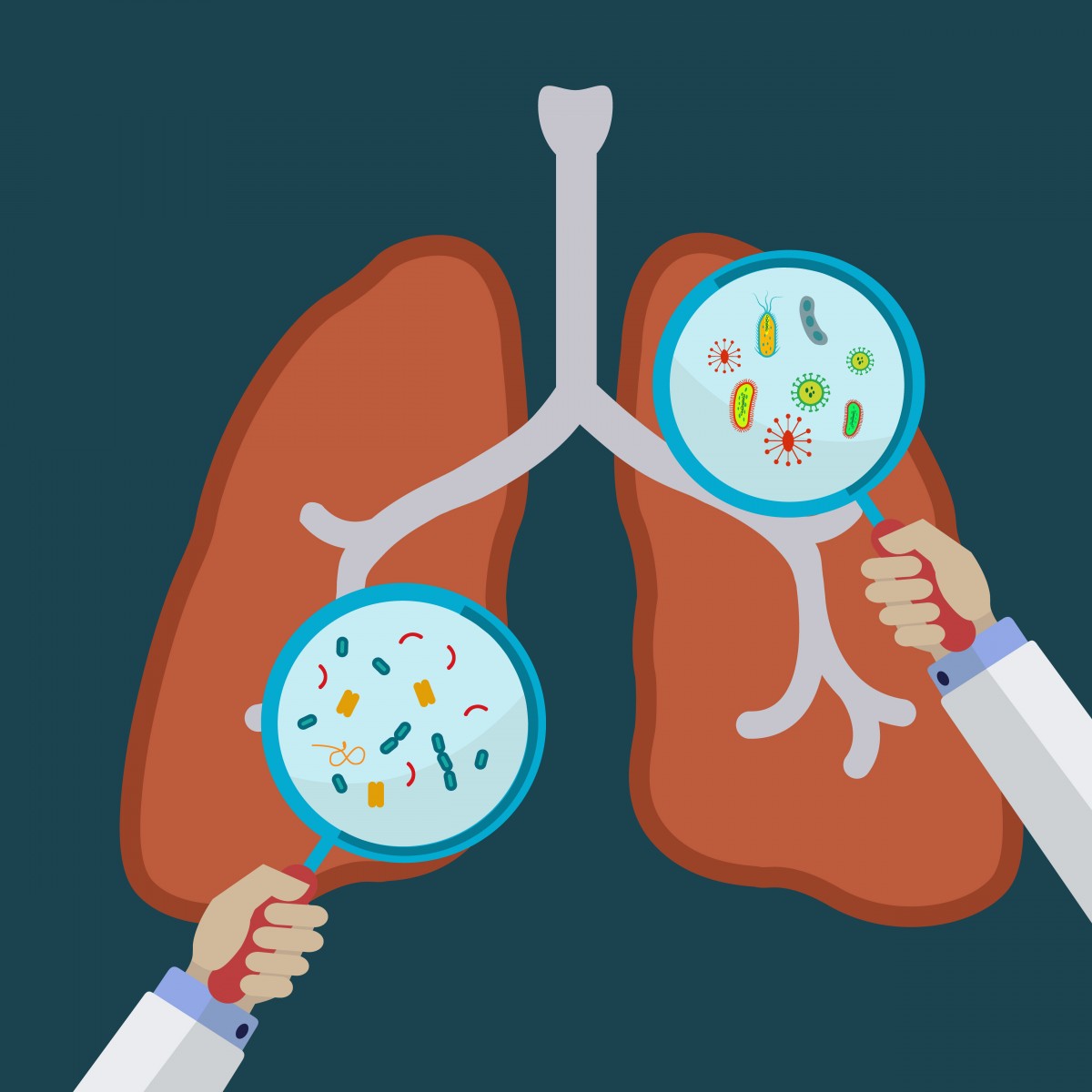Bird-related Lung Disease Seen to Affect Japanese Man’s Sarcoidosis
Written by |

Researchers in Japan reported a case of sarcoidosis associated with a specific bacterium and complicated by an acute bird-related — pigeons, in this case — inflammatory lung disease called hypersensitivity pneumonitis.
A distinct type of granuloma specifically linked to the man’s bird-related disease was also, possibly for the first time, identified in his lungs.
The case study, “Propionibacterium acnes-associated sarcoidosis complicated by acute bird-related hypersensitivity pneumonitis,” was published in the journal BMC Pulmonary Medicine.
Hypersensitivity pneumonitis (HP) is a rare disorder in which certain inhaled substances spark an immune reaction within the lungs, leading to short- or long-term inflammation. Because of the association between this disorder and certain outdoor professions or activities, it has been labeled “farmer’s lung” and “bird-fancier’s lung,” among other names.
Similar to sarcoidosis, HP involves the formation of granulomas, or clumps of inflammatory cells that scar lung tissue and can become calcified, leading to permanent damage.
Only six cases of sarcoidosis complicated by HP have been reported in medical literature, four of which involve birds, the authors of this study report.
Their case involved a 62-year-old man with a history of smoking, who was admitted to the respiratory department of Jichi Medical University with a cough, a sense of running out of air too quickly during activity (a condition called dyspnea on exertion) for three months, and weight loss amounting to three kilograms (about 6.6 pounds) over six months.
Thirty years earlier, he began breeding over 300 pigeons for competition. He gradually decreased his flock to between 30 and 40 birds by April 2016, but then rapidly raised the number to 130 over the year before his hospital admission, in March 2017.
The man had a history of sarcoidosis, and enlarged hilar and mediastinal lymph nodes next to both lungs (bilaterally). Just before admission, chest X-rays and CT scans showed bilateral ground glass opacities — opaque spots on the lungs indicative of fibrosis, inflammation, and granulomas, among other types of lesions.
A physical exam revealed fine crackles in his lower lungs and clubbed fingers, a sign of chronically low blood levels of oxygen.
Labs returned elevated biomarkers of sarcoidosis: angiotensin-converting enzyme (27.8 mU/mL , where normal levels do not exceed 21.4), soluble interleukin 2 receptor (1220 U/mL, where normal levels do not exceed 613), and Krebs von den Lungen-6 glycoprotein (KL-6; 1041 U/mL, normal not greater than 500).
The patient also had higher-than-normal levels of IgG antibodies specific to pigeons, parrots, and budgerigars (also known as parakeets). A lymphocyte stimulation test using pigeon dropping extract — used to test the ability of immune cells to response to certain stimuli — also returned elevated levels.
A lung biopsy found well-formed, non-necrotizing (not tissue-killing) granulomas characteristic of sarcoidosis. A biochemical test with the PAB antibody — used to find bacteria in the granuloma — identified Propionibacterium acnes, which is found in over 80% of sarcoidosis cases, regardless of the organs involved.
Physicians also found a separate set of granulomas in the patient’s bronchi. These consisted of poorly formed non-necrotizing granulomas characteristic of HP, which did not react to the PAB antibody.
“To our knowledge, this is the first report to distinguish sarcoid granulomas from HP granulomas based on PAB staining in a single individual, indicating the usefulness of this approach in pathophysiological diagnosis,” the researchers reported.
Given these findings — and because the patient’s dyspnea, ground-glass opacities, and elevated KL-6 level all improved without medication during two weeks of hospitalization — physicians diagnosed the man with sarcoidosis complicated by acute bird-related HP.
He was discharged without prescription after his pulmonary function tests improved, and he immediately stopped keeping pigeons. As of the study’s publication, the man had no disease recurrence and regularly sees a respiratory specialist.
“We have presented the first case of sarcoidosis complicated by acute bird-related HP in which two distinct types of granuloma were successfully distinguished … using PAB antibody,” the researchers wrote.
“Cases of sarcoidosis complicated by HP need to be accumulated with precise clinical evaluations reported to improve our understanding of this condition,” they added.





